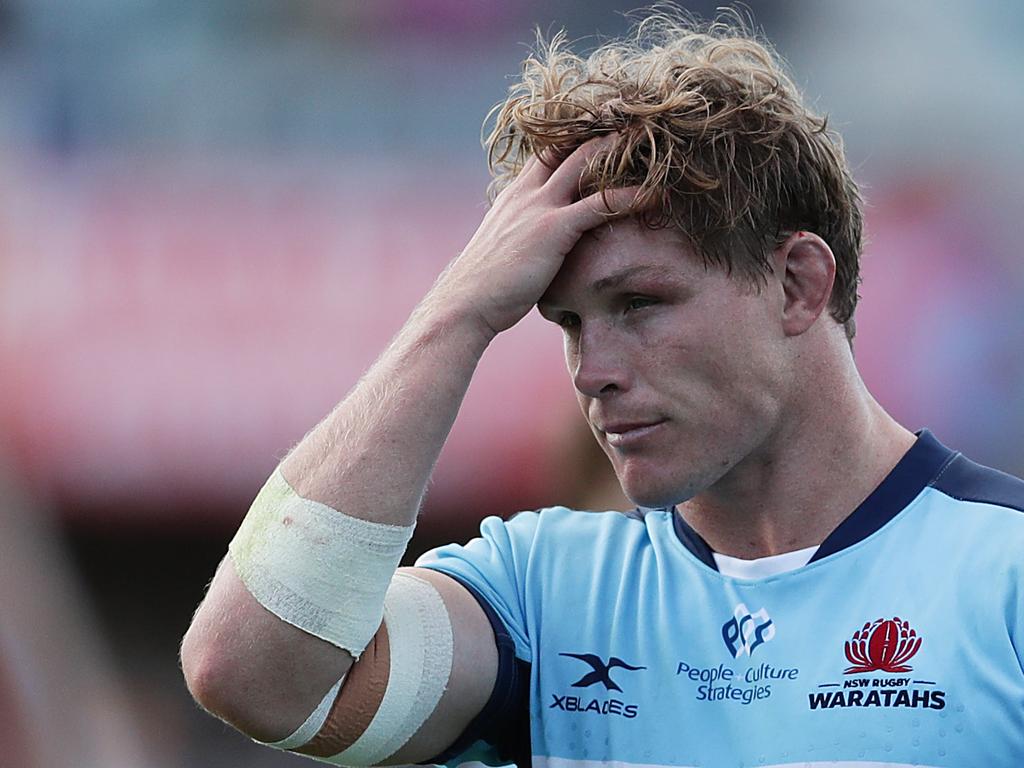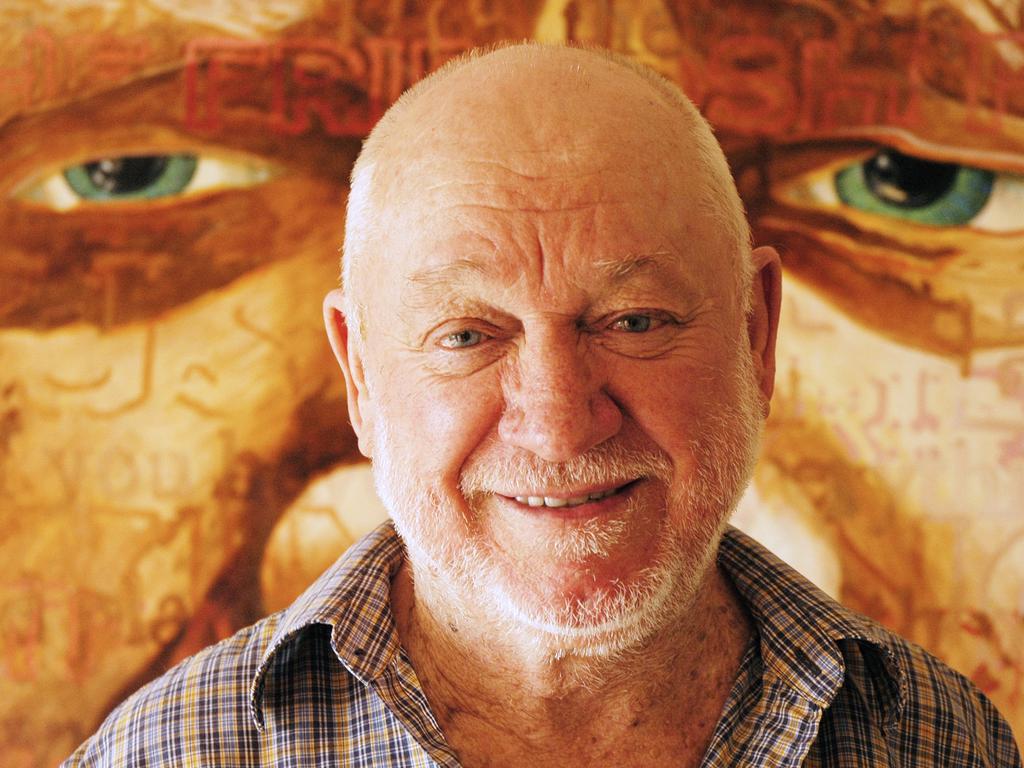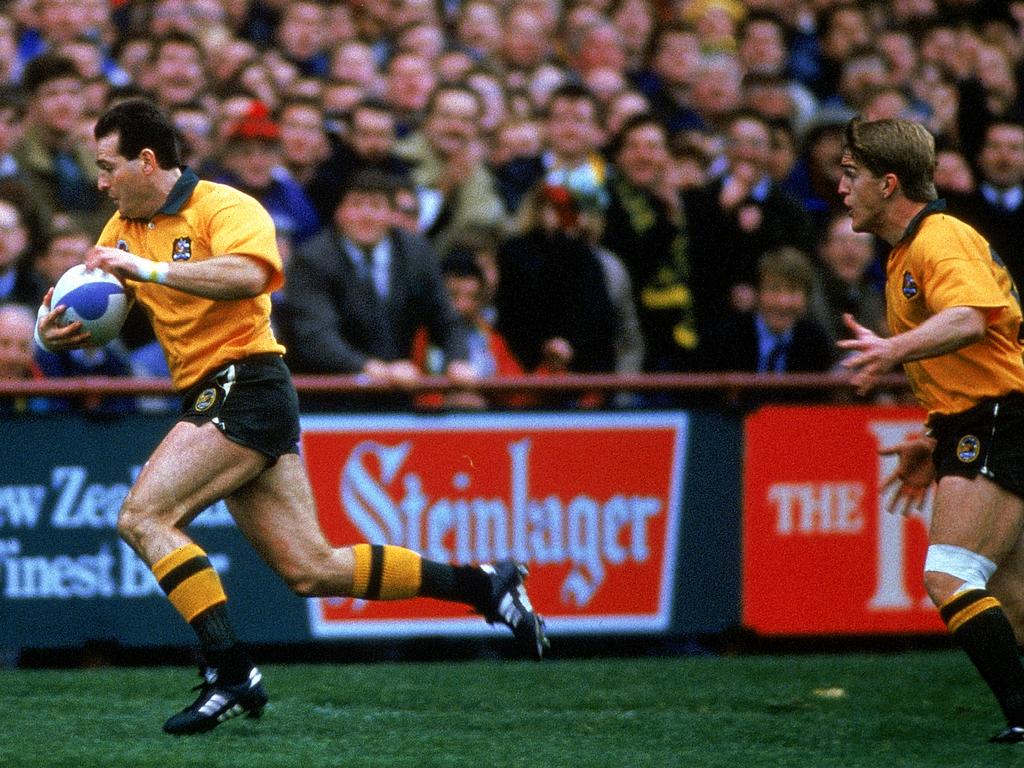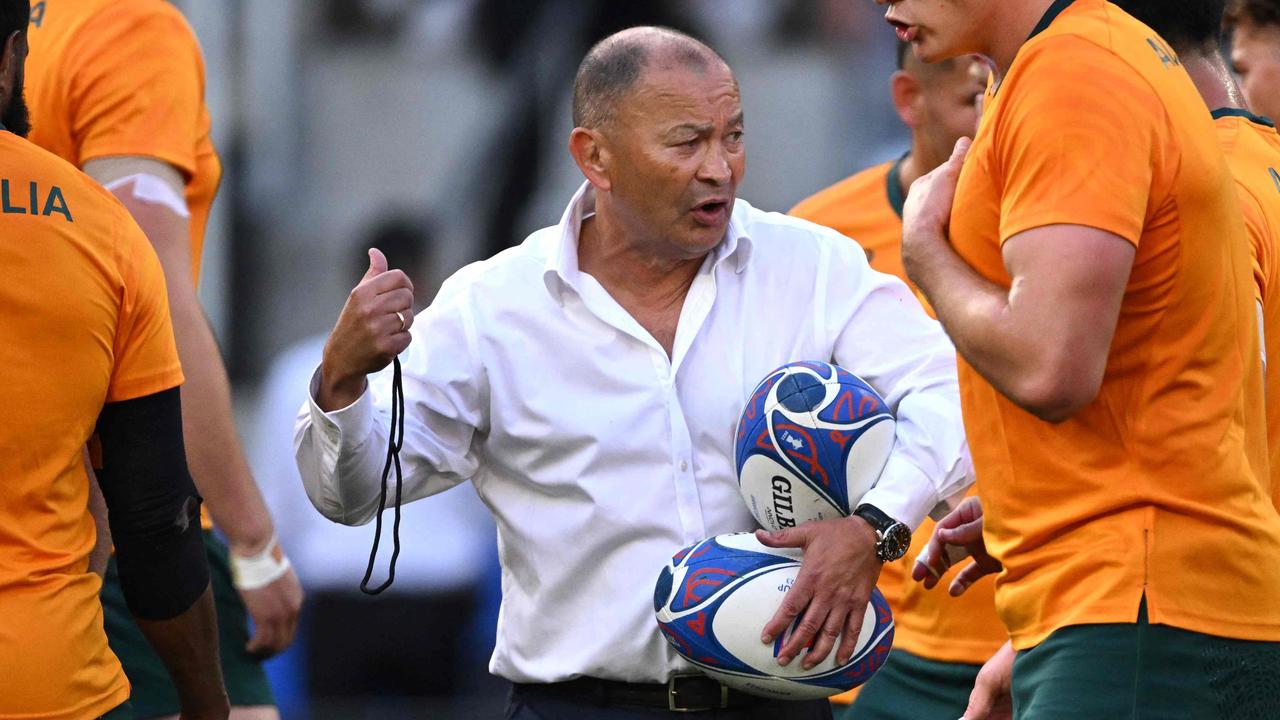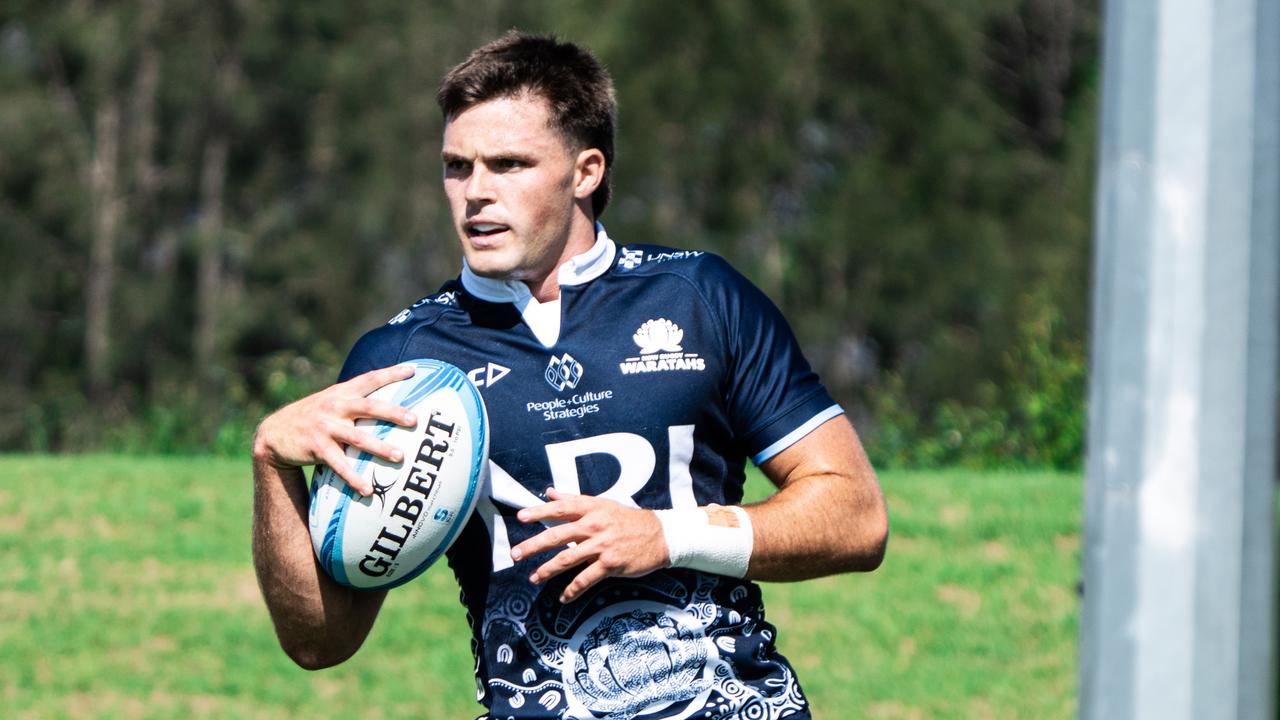Drowning in it own rules: The ugly truth about rugby’s insidious decline
There was a second meeting of senior Wallabies recently to address the real problem behind the demise of rugby: its own rules.
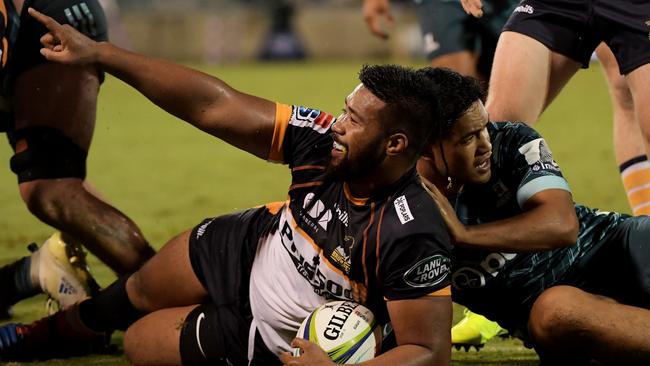
As it happens, there was a second, not-quite-covert meeting of senior Wallabies recently, one also intent on saving the game of rugby union in Australia.
This one yielded no letters to help bring down the chief executive of Rugby Australia, no initiatives to nudge the ruling body of the game towards voluntary administration. What this meeting did was address the real problem behind the demise of rugby: the game itself.
Let’s be honest. RA has had major financial problems across the lifespan of the past four chief executives, Gary Flowers, John O’Neill, Bill Pulver and Raelene Castle. All of them wriggled this way and that seeking a way out of the bind but, in the words of one of the men who orchestrated the meeting at the GPS clubhouse in Brisbane, former Wallabies centre Barry Honan, “the best administrators in the world couldn’t have saved the day with a defective product to sell”.
The laws, and their application, are killing rugby. There is no other way of explaining the problem. A simple example: the first scrum of the first World Cup final in 1987 between the All Blacks and France was completed in 15 seconds. That’s 15 seconds from whistle blast for a knock-on to the ball coming into David Kirk’s hands to clear from the scrumbase. Today it takes 46 seconds just to set up for the scrum (an increase of 411 per cent from 1987) while overall it has gone from an average of 23 seconds to complete a scrum to the current figure of 71 seconds (a 209 per cent increase).
Those simple but enlightening statistics formed but one small element of a lengthy presentation made by Honan to his audience of Andrew Slack, Dick Marks and Greg Cornelsen — Wallabies all — and David Clark, a former Queensland fullback and the man who, as the long-time backs coach to Bob Templeton in the Queensland side, created countless Test backs from the raw talent that crossed his path. John Eales couldn’t make the meeting but has pledged his support, so too former Wallabies coach Robbie Deans, former Scotland coach Frank Hadden as well as Mitch Chapman, the former Reds, Waratahs and Brumbies lock who these days is coach of the top Australian referees. Many of the stats generated are the work of former GPS player, Ian Smith.
The men involved are not revolutionaries — though Marks would probably growl, “Who says I’m not?” Certainly all are passionate about the game and rather than reinventing the wheel, have decided instead to attack the problem at its most basic level: how the laws are being drafted and how they are being applied.
At present, there are 199 infringements in the game — itself a ridiculous number — with 149 of them punishable by a full penalty. Is it any wonder the game if becoming filled with shots at penalty goal or, much more likely these days, by kicking to the corner to set up the play for a driving maul?
Scrums, which should provide ideal ball with which to attack, have become instead merely a means to an end, with dominant packs holding the ball at the number eight’s feet and then driving forward to get a penalty.
Honan illustrated just what was possible with an excellent video clip of fullback Tom Banks scoring at the end of a brilliant Brumbies backline play from a centrefield scrum, their last score of what turned out to be the last Super Rugby match in Australia before the COVID-19 shutdown, against NSW in Canberra.
Yet he also bemoaned the fact that the Brumbies’ leading tryscorer in 2019 was Folau Fainga’a, the hooker, who scored 11 of them from the driving maul. At the last World Cup, hookers scored two and a half times the number of tries that centres did. In 1987, at the time of the first World Cup, centres outscored hookers by 50 per cent. Slowly but insidiously, the game is changing and not into something the fans want to watch.
Since 1987, the number of set piece plays — that is from scrums and lineouts — have decreased dramatically, down 60 per cent in the case of scrums, 56 per cent in the case of lineouts. Yet from 1995 onwards, the number of rucks and mauls has gone up from 94 per match to 178. That would seem to suggest that the game is opening up somewhat, yet the decisions of the lawmakers to allow the defending side to stand level with the last feet in the ruck has made it extremely difficult for sides to mount an effective attack, and doubly so when no one — assistant referees, for instance — is policing the offside line.
The device the group has devised to free up the game is to allow the defensive side to maintain a line level with the last feet in the ruck for five metres on either side of the breakdown but beyond that defenders were forced to retreat 5m. The close-in defenders are there to ensure attacking sides cannot make easy yardage by an endless series of pick-and-drives but by having the others back 5m, there is also encouragement there to send the ball wide.
More and more people these days are watching games not live but on replay, deliberately starting the game some 40 minutes after kick-off. Why? So they can fast-forward through all the time wasted at scrums (16 minutes) and kicks at goal (7 minutes). In the eight finals matches at the 2019 World Cup, the ball was in play only 36 minutes and four seconds.
Time wasting is out of control. But more than that, it is changing the nature of the game. Once it was rugby’s proud boast that it was a game for all shapes and sizes. But these days, as the 2019 World Cup final showed, that’s just not true anymore. Big men are in every position and by allowing so many stoppages and so much time wasting, referees are allowing them to get through large parts of the game, 80 minutes in some cases.
Yet what has that done for the little men of the game? Tate McDermott, the livewire Reds halfback, should be carving the big men up in the final quarter but he’s not, at least not as much as he should be.
If rugby is to survive in the Australian environment, particularly with rugby league and AFL offering pretty much non-stop action, it’s the work of these Wallabies that will count in the end.

